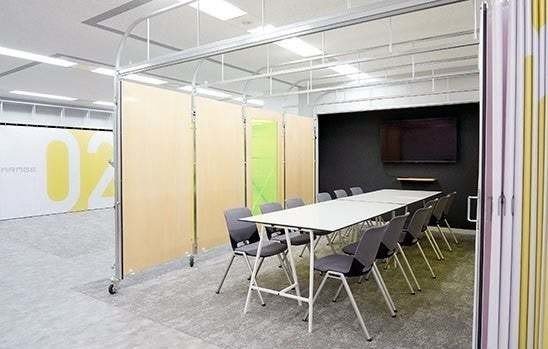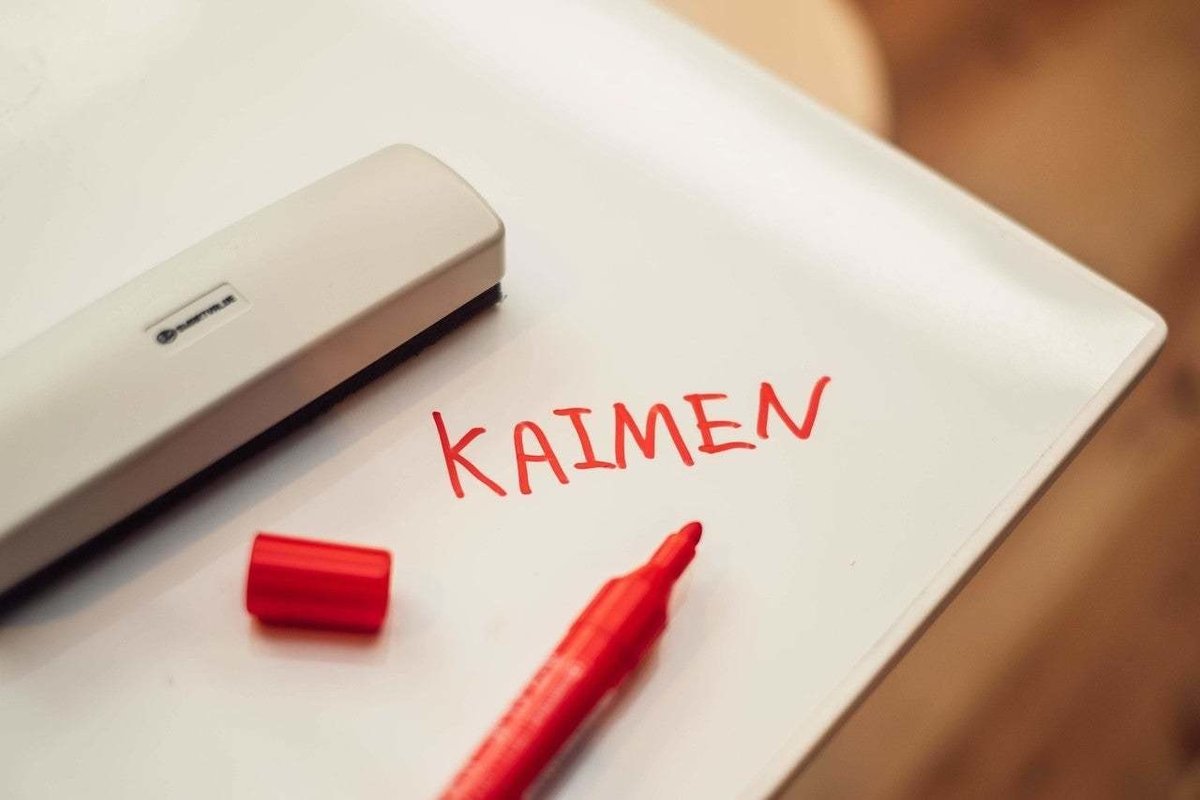
ideaboard® Series: Product Development Story #8_Social Implementation | Co-creating Spaces Where Ideas Are Brought to Life
In December 2019, NKC Nakanishi Metal Works Co., Ltd. (referred to as NKC in the following) launched their new whiteboard, “ideaboard®.” Unraveled by the project members themselves, this series records the story of how the ideaboard was brought to life, and into ours.
《Past articles》
ideaboard® Series: Product Development Story #1_ The Idea|On Persistently Nurturing a Seed Idea
ideaboard® Series: Product Development Story #2_Design Development |Prototyping and Updating the Hypothesis
ideaboard® Series: Product Development Story #3_Design Development|Collaborating with Design Agency, 'f/p design'
ideaboard® Series: Product Development Story #4_Intellectual Property Strategy|Envisioning the Revenue Model for Designers
ideaboard® Series: Product Development Story #5_Monitor Test |Verification of the Updated Hypothesis
ideaboard® Series: Product Development Story #6_Manufacturing |Collaborating with TOKIWA Manufacturing Co., Ltd.
ideaboard® Series: Product Development Story #7_Manufacturing 2 | Tackling Manufacturing Issues in Pursuit of Form Realisation
We wrap up our interview with Riku Nagasaki, head of “KAIMEN” (the business design team reporting directly to the president at NKC), on the topic of the finalized ideaboard, its social implementation, and future plans.

Riku Nagasaki
head of KAIMEN
NKC BUSINESS DESIGN CENTER
1. Delivering ideaboard to design sites in need
ーWere there any strategies you thought of in order to spread sales?
In a sense, this may be one of the weakest points of designers. However, we were aware that this was one of those inevitable issues that one faces when manufacturing a startup-like product, so we were rather optimistic.
Overall, we had two ideas in mind. One was co-creating ideaboard with other designers by having them use it at their offices, starting early from prototypes. We predicted that the ideaboard would make its own way through the design industry through these personal connections. We were fortunate enough to have made fans of the product over the course of co-creating it, and we actually did acquire a large order thanks to these connections.
Another way was to apply for a design award. The Good Design Award held exhibitions in the center of Tokyo, where we could acquire the opportunity to present the ideaboard to those who worked at our targeted workplaces and creatives offices, as well as governmental agencies. In the end, it was great that we got to showcase our product at a place where people with a high possibility of being interested in our ideas gathered together.
2. Implementation to spaces where ideas are generated
ーNow that the ideaboard is for sale, have you heard about how people are actually using it?
Concent and OpenA have co-designed a new space called the “SPRINT GARAGE,” and they have incorporated the ideaboard into it. It was enlightening how they socially implemented the ideaboard while considering how people move around when working, as well as how creatively they work.
At SPRINT GARAGE, all of the walls that separate the project booths are made of ideaboards. Each one of the ideaboards become a field for each session, aimed to deepen service design. If we were to refer to this in cooking, each ideaboard would be for each process—cutting, mixing, grilling, serving—deepening the initial idea through each session.

Also, I’d like to mention the cart installed there to carry the ideaboards. Originally, it was made to help out the craftsmen carrying around heavy plasterboards at construction sites. Members of OpenA and Concent were the ones who found this as well. We had thought the ideaboard was too heavy to carry in bulk, but this was a nice solution to the problem.
Every time we delivered, people would respond with another creation. This was how the sessions were conducted. Utilizing the ideaboard as their tool , OpenA and Concent had updated the co-creation process that they aim for. Through this exchange, we felt the ideaboard could be further improved. We couldn’t be happier that they were using the ideaboard in ways that we exactly hoped and aimed for.
ーDo you still visit the sites where the ideaboard has been installed even after the start of sales? Were there any sites in particular that you felt the ideaboard was being used to its full potential?
DRAFT Corporation, a design agency in Tokyo, uses the ideaboard to paste their design proposals and research documents on to it. They use it completely as a simple board, filling up the whole surface, and will store them as if they don’t want their ideas to disappear. They will keep going on—until the point where they will start to cut up and use the cardboard boxes that the ideaboards were initially packaged in.
I think they were the ones that really heavily used the ideaboard in order to store information and passion exactly as it was when it was associated with somatic sensation. There were many ideaboards that still had writing on them kept in storage at Concent’s office as well.

3. Next - A new possibility seen through the conception of ideaboard
ーDo you have anything in mind for the future of ideaboard?
We are still in the midst of developing our ideas, but we do definitely want to make a magnetic version. The reason why we initially gave up doing this was that we pursued lightness, and on top of, that there was a bottleneck in the manufacturing process that we just couldn’t overcome in our circumstances.
However, two years later, as we spread our network through collaborations not only within Japan but also overseas, we were able to reach the possibility of overcoming that issue. Now, a dreamlike “ideaboard ver2.0”—magnetic, but still the same lightness—could possibly be made.

Considering the high demand for a magnetic version from the design agencies and creative studios that conduct design thinking on a daily basis, it would be a dream to be able to directly cater to those needs.
However, using magnets has both its merits and demerits. In the case of image collages where you are cutting and pasting various images, it’s easier to use magnets to move them around. But when pasting two images together, it’s easier to use tape. The same being for when you want to tape an idea to a piece of A4 paper and move it around the board. There’s also the problem of running out of magnets when pasting large items.
Creative work that requires magnets and ones that don’t. There are probably differences between culture and methodology, but that’s an aspect we still want to observe.

ーIt seems the development of a magnetic version will expand markets for you.
Up until now, whether it was by tilting it against the wall, or using it lying flat, the ideaboard was difficult to fixate. However, with a magnetic version, we were able to insert magnets inside the wall and attach the ideaboard itself to it. This would make it easier to utilize the ideaboard within spaces. It would open up so many possibilities.

Moreover, we sense that there are needs that come from outside creative work, such as the need for systematic storage—the desire to attach the pen somewhere, to have a compartmental space to hold the pens, etc. Thinking of the many possibilities that the genre of “storage” withholds for perpendicular objects such as whiteboards and blackboards, I am able to perceive new fields, and that itself is very exciting.

To be continued in “ideaboard Series: Product Development Story #9”
(Interview by Mone Nishihama, NINI Co., Ltd., translation by Kyoko Yukioka, NINI Co., Ltd., and photos by Yukiya Sonoda)
▼Click below to see the original Japanese version / 原文はこちら
この記事が気に入ったらサポートをしてみませんか?
